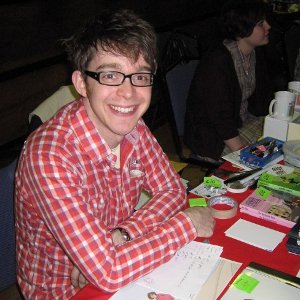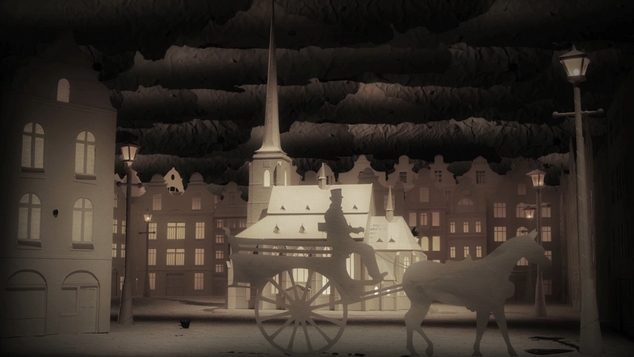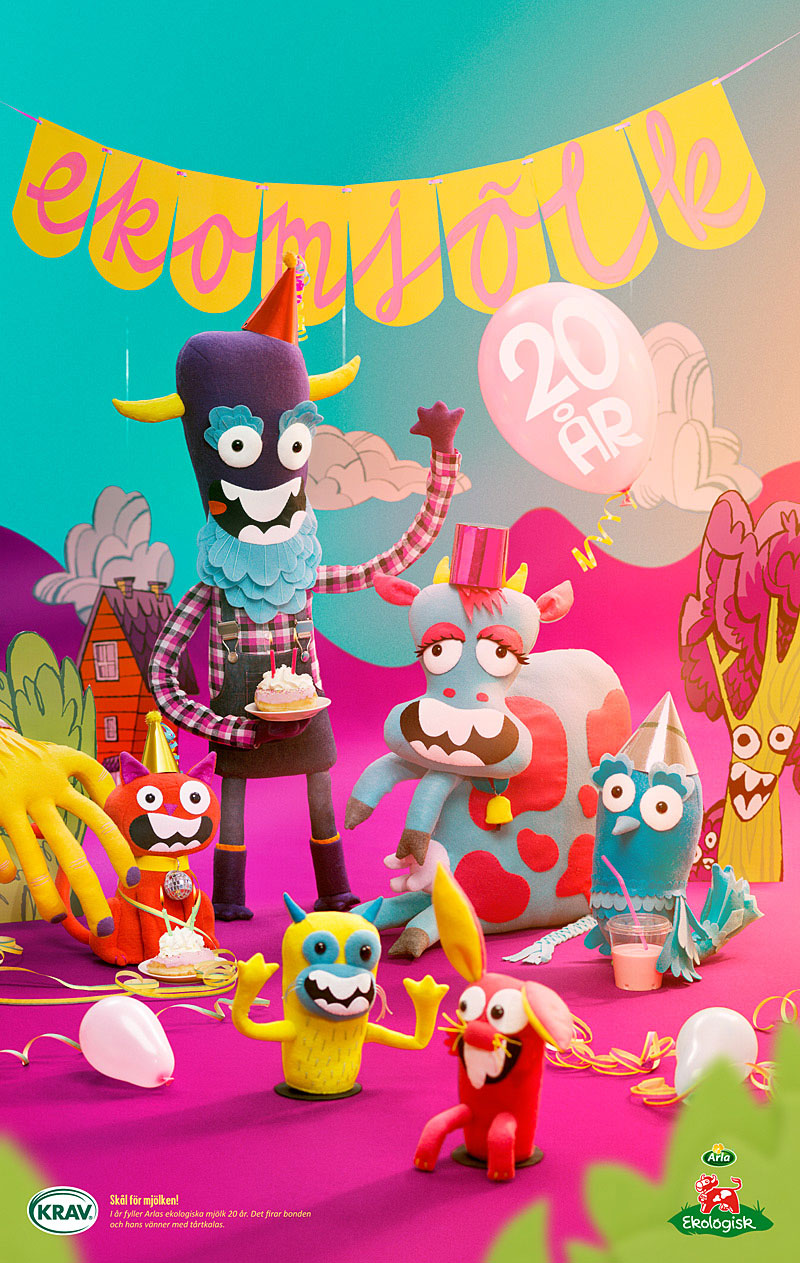This week at University is 'Creative Futures Week', this is an annual event that happens for one week. For this week we have many speakers come in from all sorts of backgrounds with various careers in the creative industry. They speak to us about what they do, how they got to do it, what they've done and give advice. I will be writing about each talk and what I have learnt from it.
Talk One: Opening Address
For this talk we were meant to have Maurice Cockrill however they were unable to come and so had the University's Vice Chancellor, Professor Michael Scott instead. A little bit of Prof Michael Scott's background would be that he has written many books mainly on Shakespeare. He was a Visiting Professor of English at Georgetown University, Washington DC for fourteen years, and he has spent 30 years in the higher education sector.
This talk included the history of Shakespeare ( a very quick one), he spoke about how Shakespeare kept going even when business was bad and how he used the creative industry to make money and how Shakespeare was a good business man. He concluded the talk by saying that even though Shakespeare had many crisis's he kept going, he then said that everyone will have a crisis sometime in their career and that we should use that crisis to bring something good and positive from it.
I felt that his talk had a good message to it and is definitely something to remember for the future.
Talk Two: Key Note Speaker, Angus Montgomery - Editor of Design Week.
Angus Montgomery described himself as a journalist, he didn't really tell us much about his background but he did give us some useful knowledge and gave us some good advice. The first thing he did was gave us some quotes from people who practice in the creative industry. (Excuse me for misspelling of names as spellings weren't shown), the first of whom was Simon Manchip whose quote basically gave advice to graduates to promote both yourself and your work, promoting yourself is just as important as promoting your work. Rhiannon James from D&AD's quote was about marketing yourself professionally and that design is a business. Greg Quinton's quote said that graduates should take themselves away from the internet so that they don't get the same influences as everyone else, he also said that collaborating is good and creates a culture of great ideas, and finally to love what you do and have passion, passion will get you far. He also asked these people and some other people whether they would pay £9000 or more to go to uni and do the courses they did all over again, of which none of them said no. They all said that £9000 is worth paying and that they wouldn't even question not going to uni. What was really nice was that throughout the talk Angus kept saying how working with people from the creative industry is brilliant because they are all exciting and inspiring, and that the creative industry is unique and special.
He showed us some examples where design has made a difference to certain campaigns and has made some pretty interesting stuff. Such as The Body Shops campaign to stop sex trafficking, the design for this made an unpleasant situation positive and engaging. Because of this, law changes were made in 17 countries because of the branding of the campaign.
 |
| Body Shops Trafficking Campaign |
Another campaign was 'One laptop per child', previously laptops that had been used and no longer wanted/needed from the western world was shipped over to developing countries for schools to use, however a designer said why not make the children their own laptops that are created for their specific needs and so thats what they did. The laptops created cost just over 100 dollar each and 2.5 million of them were shipped out over 4 years. Thanks to design it was made possible for children in developing countries to own their own laptop.
 |
| Children with their own laptops |
My favourite design that he showed was of 'designer energy saving light bulbs'. Low energy light bulbs are the ugliest light bulbs ever and people hate them but feel obliged to use them because they are 'green', and so one designer said that the light bulbs had a good concept and energy saving but why can't they look nice, and so he went on to design some low energy light bulbs that looked much better. I would say that I love the look of them but I can't imagine anyone wanting to use them for their chandelier!
 |
| Designer energy saving light bulbs |
Another example where design was used to improve something was the A&E experience in hospitals. There have been many cases where there have been violence against staff leading to many having time off due to stress and so the company Pearson Lloyd (
http://www.pearsonlloyd.com/) wanted to make the A&E experience calmer and safer. They created a mapping system where patients can follow a flow diagram to know what is happening and what will happen next, rather than feel like they have been waiting around for ages and nothing is being done. This will also tell them how busy A&E is.
 |
| Pearson Lloyds Flow Diagram Design |
This was pretty inspirational, showing us how design can make a difference and can make a massive impact if used correctly!
Talk Three: Building an Audience, Making a Living from Comics, John Allison.
 |
| John Allison |
John Allison graduated from university in 1997 and gained a degree in Journalism. He didn't manage to get a job straight away and so to make himself look busy he started to draw comics. He posted these on the internet where he got an audience of approximately 1000 people. In 1999 he got a job in a magazine.He carried on with his comics and in 2001 he started to use Adobe Illustrator to churn them out, his audience had now grown to 4000/5000 people. In 2002 he started to create comics where he was no longer posting on the internet for people to read for free, as a result of this his audience went back down to being 1000 readers. 2003 he became redundant and so made a book collection, his audience went up to 15000 people. 2004 he stayed at home and created many more comic strips, 2005 he started to focus more on composition and in 2006 John started to experiment. By posting his comics on the internet he was able to gain a bigger audience even though he wasn't getting much money from it. 2007 he stopped doing his comics digitally and started using fine liner again, 2008 he started to use Manga studio and started to refine his work and in 2009 he created the comic 'Scary go Round' which he didn't enjoy but at this point his audience had now reached about 55000 people! In 2010 he started to create work that he could possibly sell to publishers, 2011 he did more refining but also made things simpler and now in 2012 he is now in the process of signing for a book.
 |
| 'Scary Go Round' |
Advice he gave is not to be shy, an example of this is a comic artist he knows of and he said that this guys comic strip is the worst ever comic strip created but at conventions, because this artist put himself out there and has confidence, he sells all of his books.
He also said to get in contact with other people that is doing work like ourselves and talk to people at conventions to get contacts.
More advice he gave was to make money in all the ways you can that also gets your brand out there, for example make t-shirts, tea towels, coasters etc and sell them, become a business baron, get things as cheap as possible and study successful people.
This man was great to have to give a talk, he gave lots of useful advise (even though he's in the comics industry and I'm animator) and was a joy to listen to. It's amazing how hard he kept pushing himself and kept going even when there was no work for him and because he's been consistent with his fans and readers throughout he has now got a great amount of followers.
Talk Four: A Freelance Career in Animation and Illustration, Karen Cheung
www.karencheung.co.uk
Karen Cheung first studied Zoology in Cambridge University but discovered that she preferred drawing specimens and got more praise for her drawings than she did for her written essays, and so when she finished her degree she went and did a foundation course in Chelsea, followed by an Illustration course at University in Bristol. Her first animation was called 'Heartbreak Hotel', of which she showed and I really liked it! She entered BBC New Animator competition with it and was short listed, her animation was shown all over the world but she didn't win. Next she illustrated a childrens book and entered the MacMillan Prize for childrens picture book, of which she won! She then made another animation called 'Welcome to the Zoo' which she also showed us, it had bags of personality and really well made.
 |
| Welcome to the Zoo |
She had her degree show in London in a little gallery space. This is where she met her agent, they were situated next to the gallery. Karen's animation tutor told her not to sit around and wait for work to turn up at her door but instead to go out to various studios and show her work. From this she got work with 12 foot 6 who asked her to do some character designs and eventually asked her to work with them to create some animations. Here she made animations for Paramount Comedy, Virgin Central, Virgin Media and Bookstart. She stayed there for 2 and a bit years and eventually went freelance. This is where she found out just how brutal the industry could be, one example os that herself and her agent went and pitched one of their ideas to a client and the client liked it, however they rang her up later on to say that they had given it to someone else. Karen told us that to work in this industry you need to be able to take rejection and be hard skinned and to keep going. Since being freelance Karen has done work for companies such as Skoda, Honda, Smart Car, Fiat, Dorling Kindersley, Ikea, Tesco, ITV, Asda, Proder and Gamble, Vodaphone, Umbro and Oxford University.
To be in this industry she told us that we need to be versatile, flexible and take on things that come your way even if it's not to out particular style.
I loved this talk, it showed us what can be done if you are determined, work hard and are passionate about what you are doing. It also showed us that you need to get yourself out there and search for opportunities and not just wait for something to happen! This was goo too because it's the sort of animation work that I've been quite interested in for a while now and so it was nice to know about this particular part instead of things like children's programmes and films etc.I came away very inspired.
Overall this was a good day, lets hope tomorrow is just a good, if not better...fingers crossed!


























